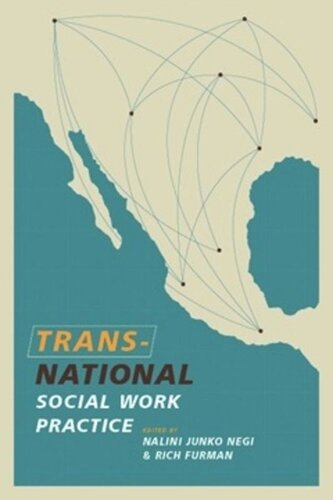

Most ebook files are in PDF format, so you can easily read them using various software such as Foxit Reader or directly on the Google Chrome browser.
Some ebook files are released by publishers in other formats such as .awz, .mobi, .epub, .fb2, etc. You may need to install specific software to read these formats on mobile/PC, such as Calibre.
Please read the tutorial at this link: https://ebookbell.com/faq
We offer FREE conversion to the popular formats you request; however, this may take some time. Therefore, right after payment, please email us, and we will try to provide the service as quickly as possible.
For some exceptional file formats or broken links (if any), please refrain from opening any disputes. Instead, email us first, and we will try to assist within a maximum of 6 hours.
EbookBell Team

0.0
0 reviewsA growing number of peopleimmigrants, refugees, asylum-seekers, displaced individuals, and familieslead lives that transcend national boundaries. Often because of economic pressures, these individuals continually move through places, countries, and cultures, becoming exposed to unique risk and protective factors. Though migration itself has existed for centuries, the availability of fast and cheap transportation as well as today's sophisticated technologies and electronic communications have allowed transmigrants to develop transnational identities and relationships, as well as engage in transnational activities. Yet despite this new reality, social work has yet to establish the parameters of a transnational social work practice.
In one of the first volumes to address social work practice with this emergent and often marginalized population, practitioners and scholars specializing in transnational issues develop a framework for transnational social work practice. They begin with the historical and environmental context of transnational practice and explore the psychosocial, economic, environmental, and political factors that affect at-risk and vulnerable transnational groups. They then detail practical strategies, supplemented with case examples, for working with transnational populations utilizing this population's existing strengths. They conclude with recommendations for incorporating transnational social work into the curriculum.